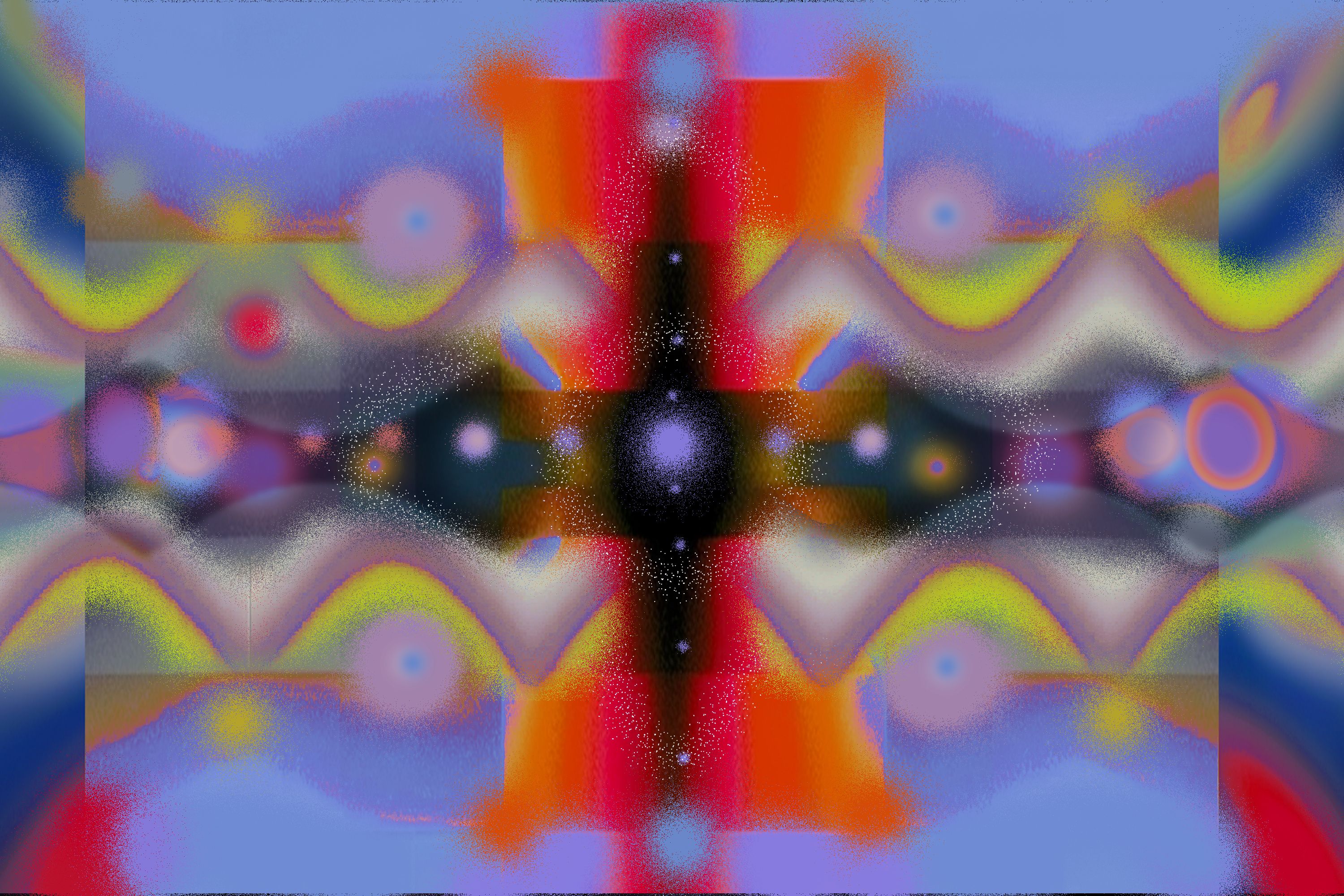Four Principles For Building Power in Media

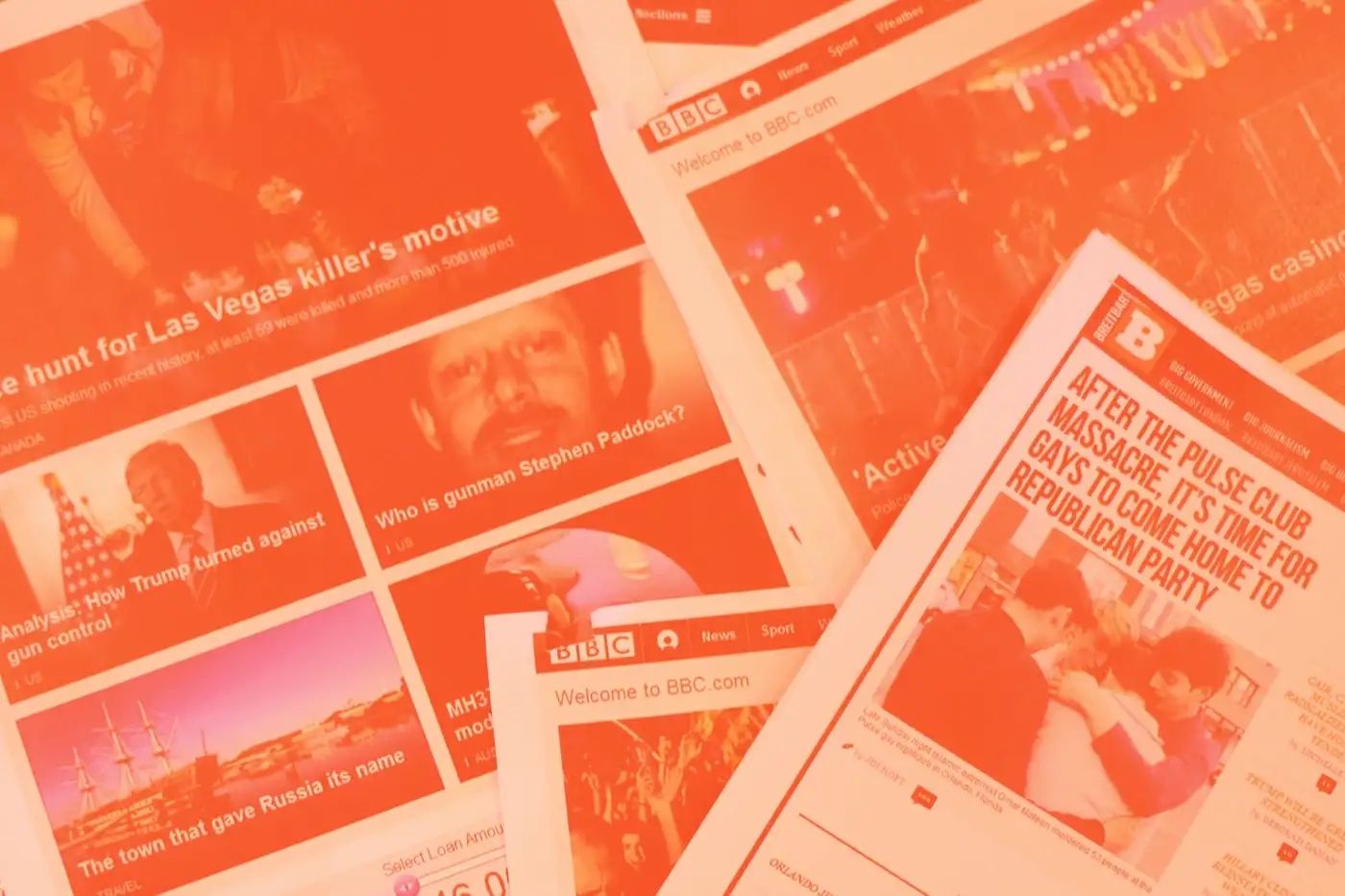
2018-11-20
A few months ago we started a news narratives project to examine how the media frames events of national interest in the U.S. Events like #MeToo allegations against prominent public figures, extreme weather occurrences, and mass shootings. We chose these types of events, in part, for practical reasons: since they tend to recur, they afford ample material for ongoing analysis. Mostly though we chose them, because they connect to some of the deepest political and cultural fault lines running through public life today — gender roles, climate change, personal freedoms versus group rights — and therefore might provide insight into the news media’s relationship to these fault lines. Does the media tend to act as neutral observer, perpetuator, instigator?
We started with mass shootings, a choice which recent events in California and Pittsburgh have, sadly, made poignant. For the purposes of this analysis, we defined a mass shooting as an event in the U.S. where at least ten people were killed in a single incident with guns. We looked at news content from the last two years, from the top two hundred most trafficked online news sites, according to Internet Explorer usage data. And we chose four events for analysis: the school shooting in Santa Fe, Texas in May 2018; the Parkland, Florida school shooting in February 2018; the shooting at a concert in Las Vegas in October 2017; and the nightclub shooting in Orlando, Florida in June 2016. Four events is a small sample, so please take our observations as a starting point for broader, deeper research. For us, they represent something to test against how the news media treats future mass shootings. Given the increasing prevalence of mass shootings generally, and the lack of politically viable mitigating measures, additional analysis opportunities seem like a woeful inevitability.
First, a few words about our method of analysis, then on to the findings, organized in five headlines.
For each of these events, on the day they occurred and for eight days afterward, we subjected news article headlines and associated article body text to two rounds of clustering. The first clustering determined which articles were about the shooting event, and the second round surfaced clusters of articles with similar narrative content within each day’s coverage of the shooting. We came up with forty-one discrete narratives, which we used to hand-label each secondary cluster. We then characterized and grouped those forty-one narratives into seven macro-narratives, which serve as broad topic categories. In doing this, we discovered that some narratives had distinct manifestations as pro-gun, anti-gun or neutral. So we also coded by hand each article according to its general stance on guns.
It should be noted that the second round of machine clustering produced a lot of noise. On average, around 40% of the total articles produced on any day were effectively unclustered. This sounds like a high number. Anecdotally, based on a spot surveying on unclustered headlines, we believe that these unclustered articles could, largely, be clustered within the forty-one narratives that surfaced, and we are working on technical improvements for our clustering. As is, this method became much less noisy when we reduced the number of media sources from 200 to 50. In the future, for this kind of analysis, in addition to making technical improvements, we may adopt a more limited source list, given that the top 50 sources account for roughly 67% of total news consumption, according to our data, with the next 150 sources adding only a marginal increase of 17%.
For the first day or two, the most prominent media macro-narrative is an elaboration of what happened, which we call “Just the Facts.” This is overtaken in prominence on day two and beyond by macro-narratives that focus either on “The Shooter” — motives, early warning signs, and other biographical excavations — or on “The Community.” This suggests a transition to an examination of why a shooting may have happened. In the last two shootings, the community macro-narrative outweighs the shooter-focused macro-narrative, which may be a result of greater sensitivity on the part of the media to the role shooter-focused narratives play in inspiring copycats, an effect which has been documented as “media contagion” in numerous studies (like this one published by Jason R. Silva and Joel A. Capellan in early 2018) and publicized in awareness raising efforts like No Notoriety and Do Not Name Them. Alongside these three macro-narratives, there is a stream of four other macro-narratives, comparable in prominence to one another, having to do with: a demonization of “the other,” whether the perpetrator or the political opposition (“Tribalism”); reflections on how the event is playing out in the media (“Media Reality”); proposals for political and technical solutions (“Solutions and Science”); and observations on how shootings are expressions of larger U.S. cultural dynamics (“Culture Caused”). All media activity tends to have decayed to nothing about 10 days after the shooting. Beneath the time series below, we present these macro narratives and the forty-one narratives they comprise in order of prevalence, expressed as a percentage of total new stories across all four media events. And we include a sample headline and publisher from the Santa Fe shooting for each narrative, in order to illustrate the kinds of stories each narrative describes.
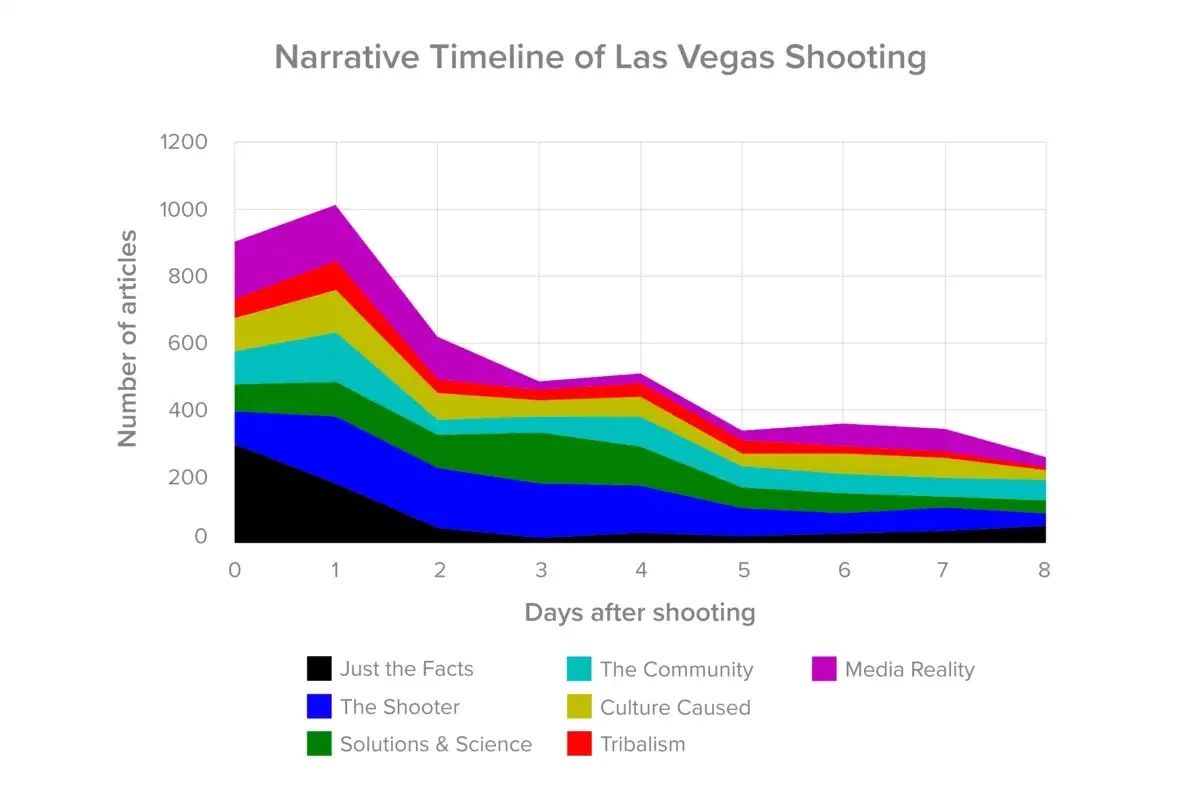
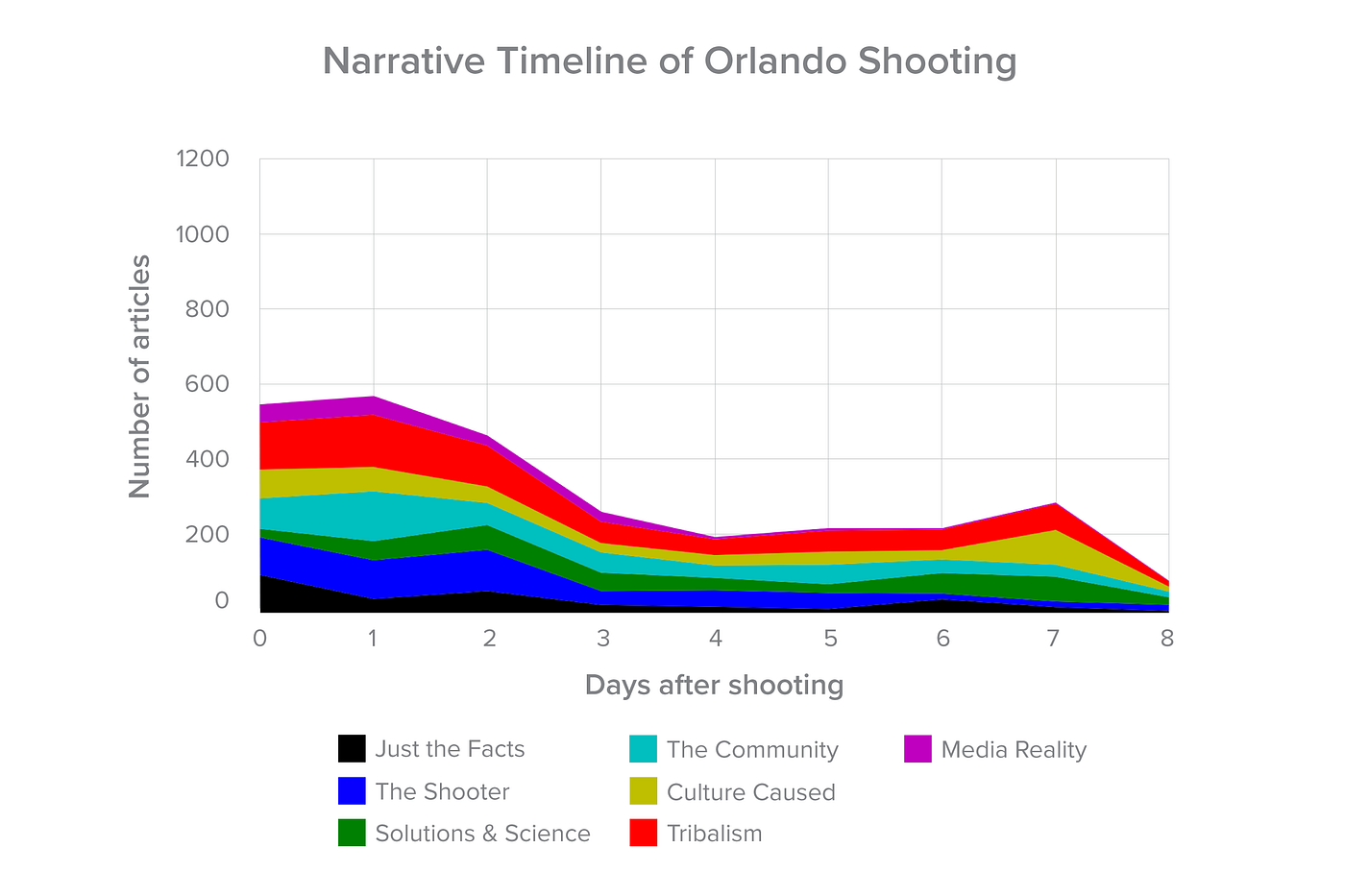
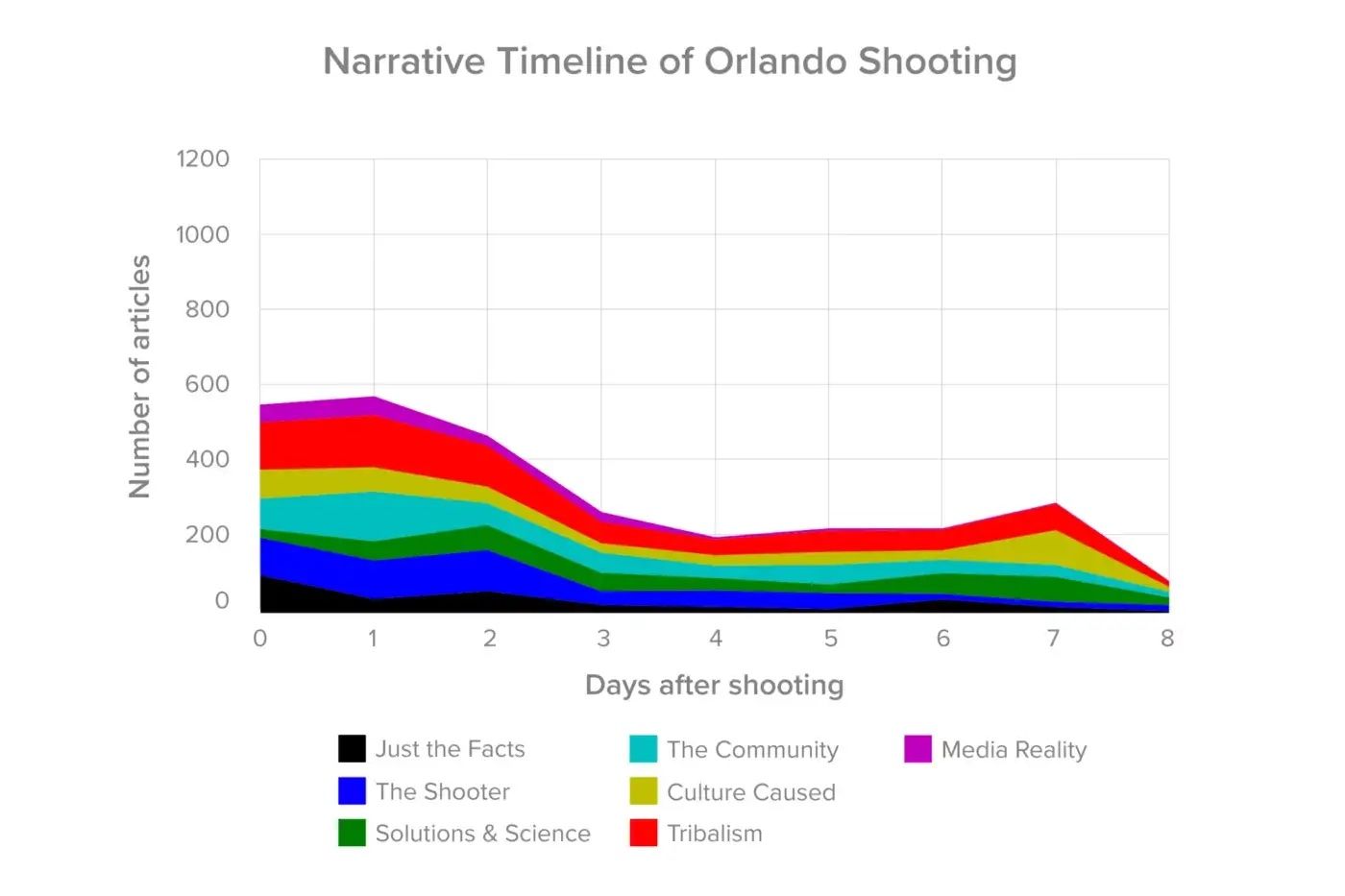
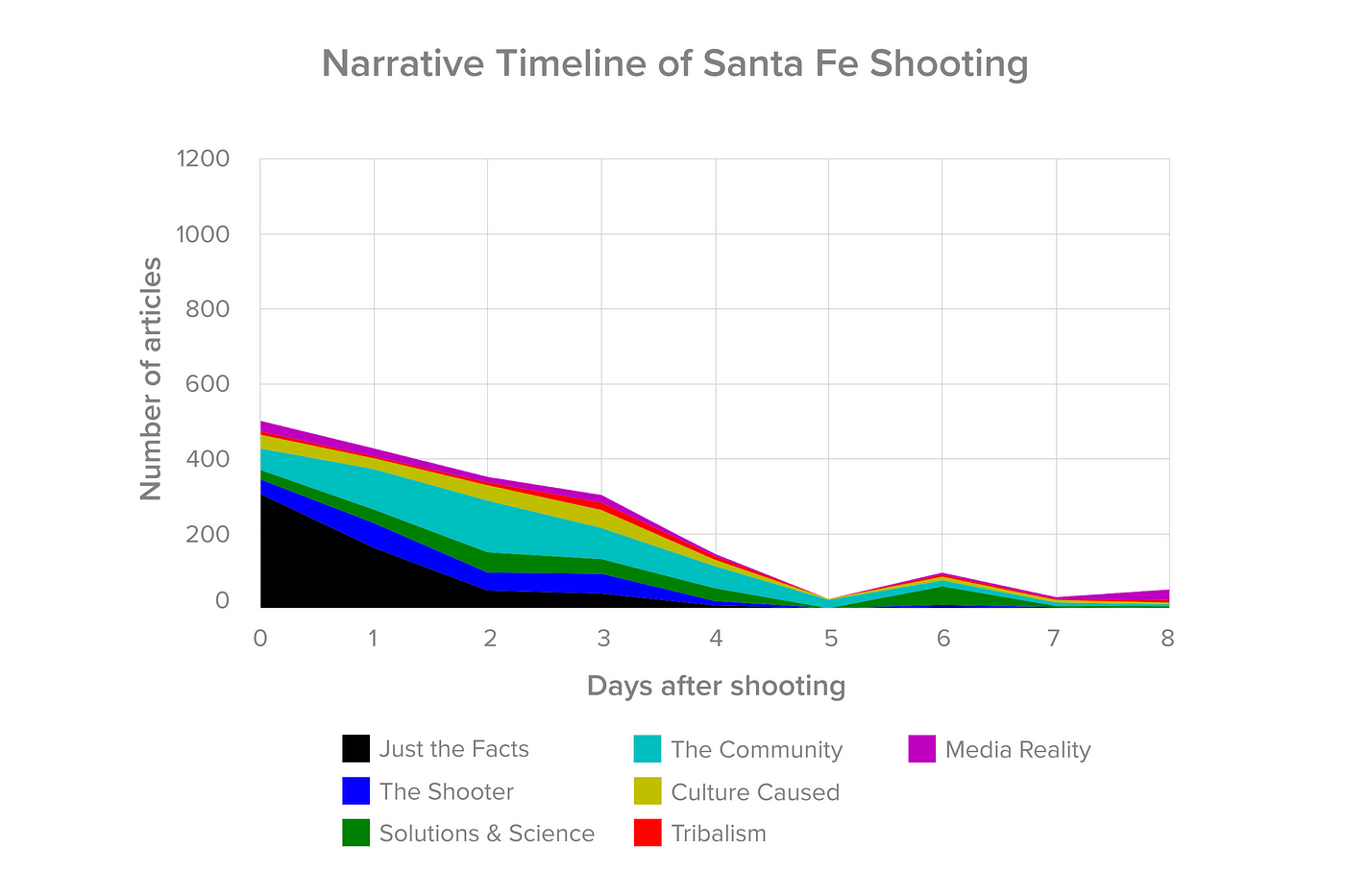
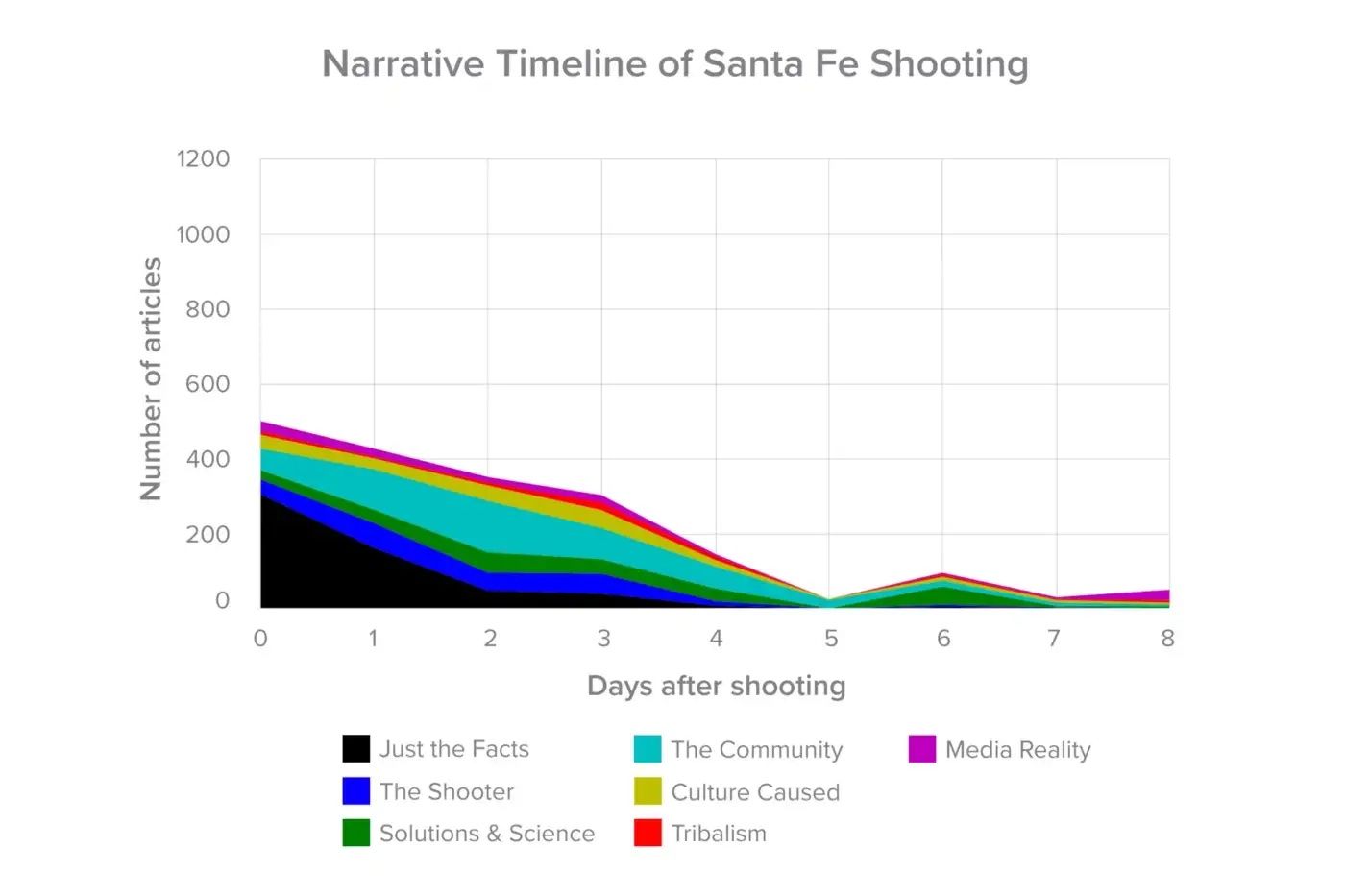
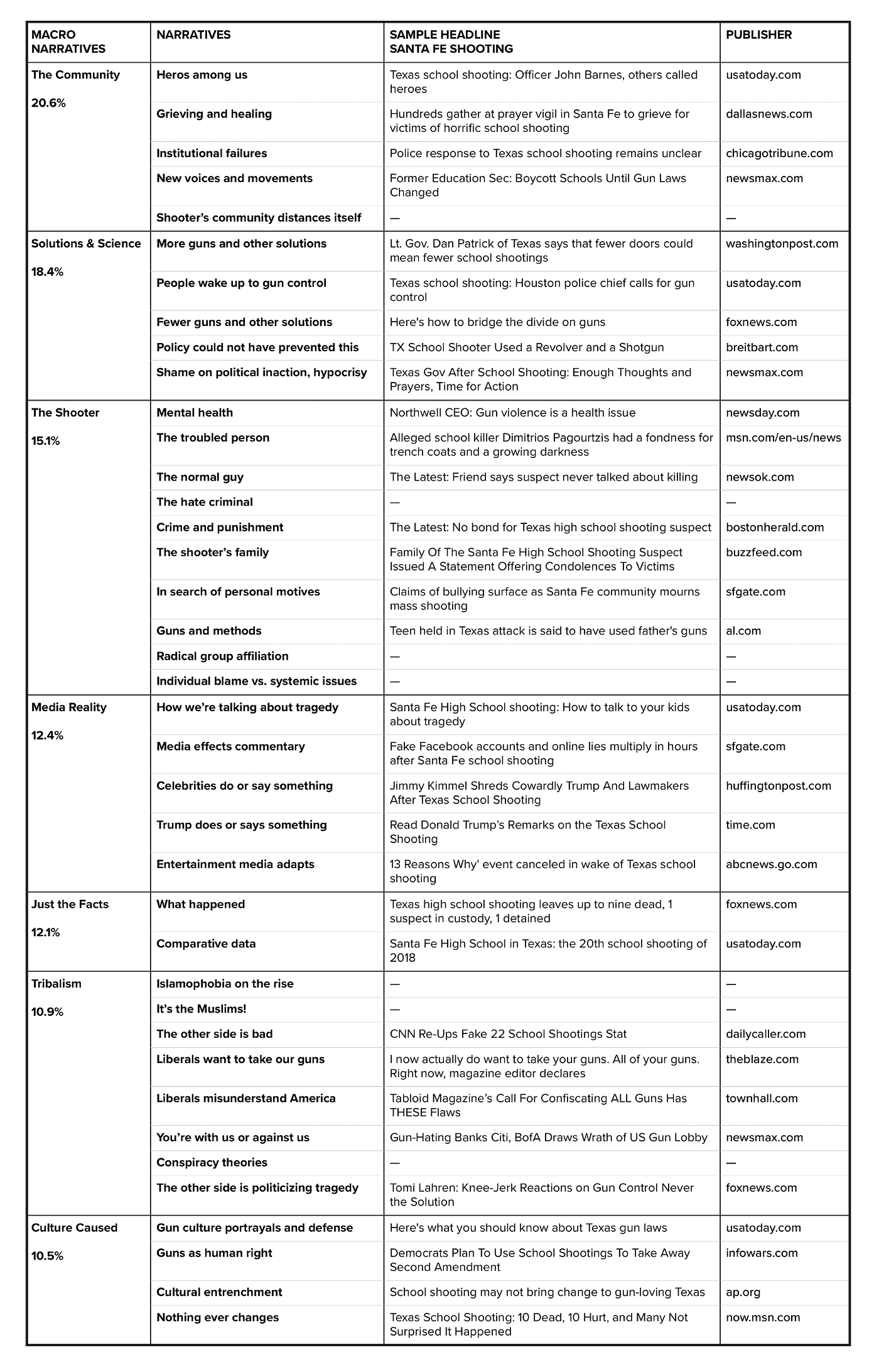
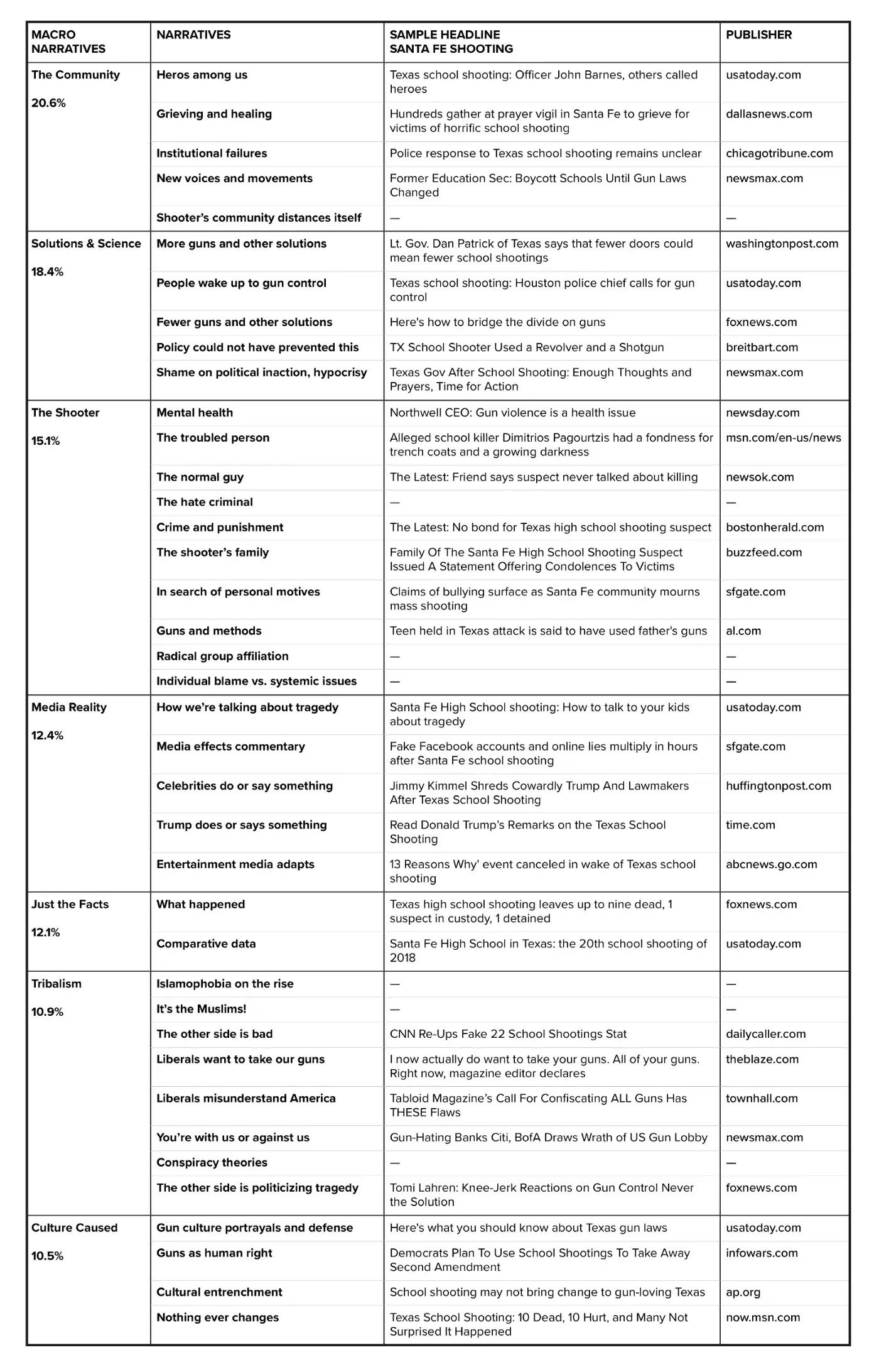
After three days of fairly typical narrative activity, on day 4, there is an upswing in the following three macro-narratives: tribalism, meta-media reflections, and solutions. This upswing continues through Day 7. A full week after the shooting, we see a total volume of news stories comparable to the first day of coverage, a significant deviation from the standard narrative decay pattern. Why? Just about every media outlet has weighed in with speculation here. Many of them have called out how the Parkland student community quickly coalesced behind a call for action, and how that call was just as quickly channeled into a nationally organized effort, headlined by a handful of strong student voices. Certainly, the upswing in the tribalism macro-narrative seems to have drawn fuel from the crisis actor conspiracy theories those strong student voices elicited. And reflections on this media phenomenon, in turn, accounted for a portion of the increase in the meta-media macro-narrative, along with the now commonplace, ceremonial unpacking of President Trump’s tweets. The student calls for concrete, specific legislative action were prominent within the solutions narrative upswing, but there were also calls from pro-gun activists, for instance, to arm teachers or distribute bullet-proof backpacks and other military-grade gear. This is another way in which Parkland differed from previous shootings. We saw pro-gun stories evoking solutions narratives, typically the narrative terrain of neutral or anti-gun stories. And this kind of activity persisted in the Sante Fe shooting that followed Parkland, which may suggest a strategic innovation for pro-gun message makers. One more note here: in the Santa Fe shooting that followed Parkland, a new narrative cluster arose, containing references to and commentary from Parkland and the Parkland students.
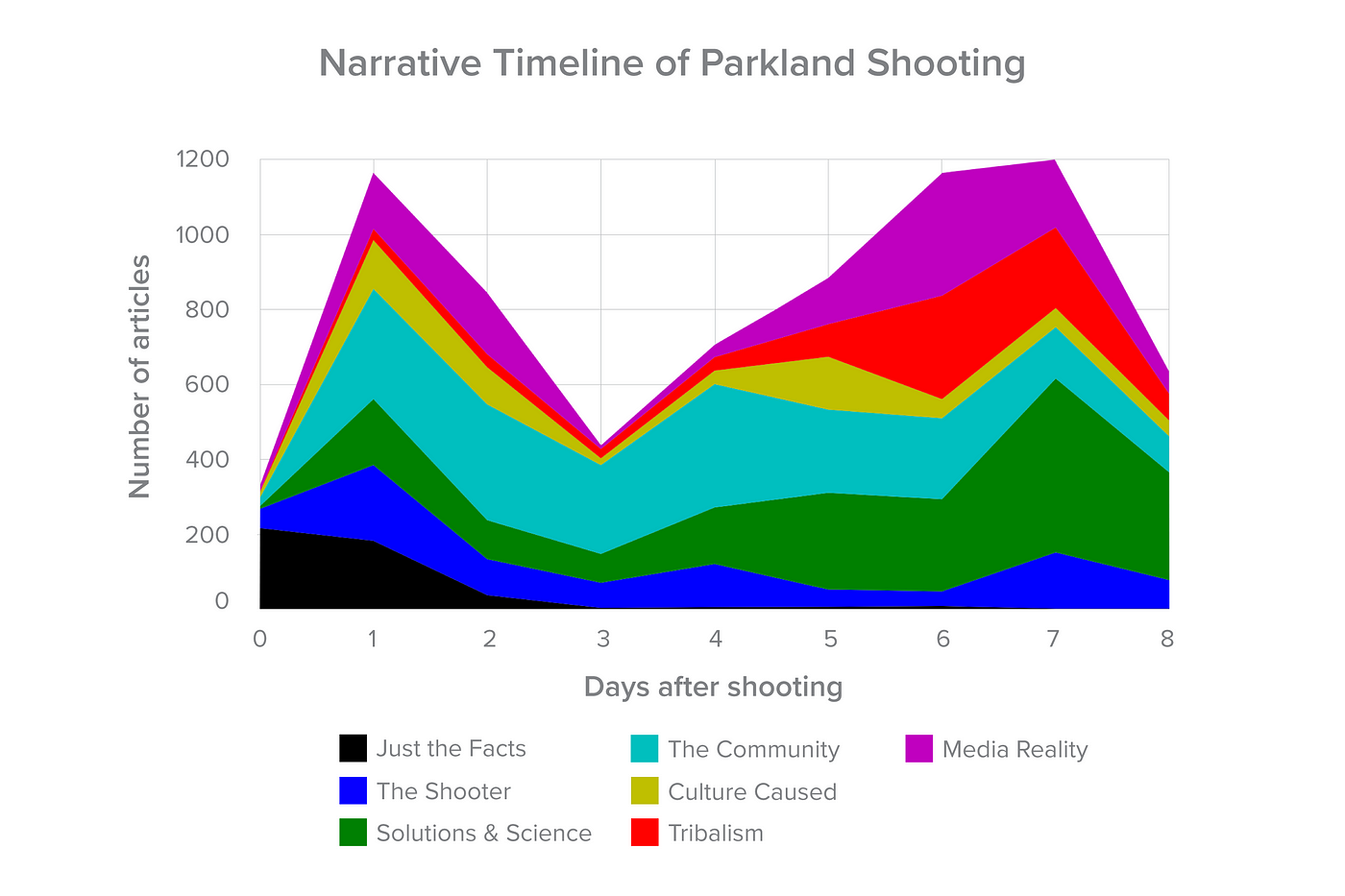
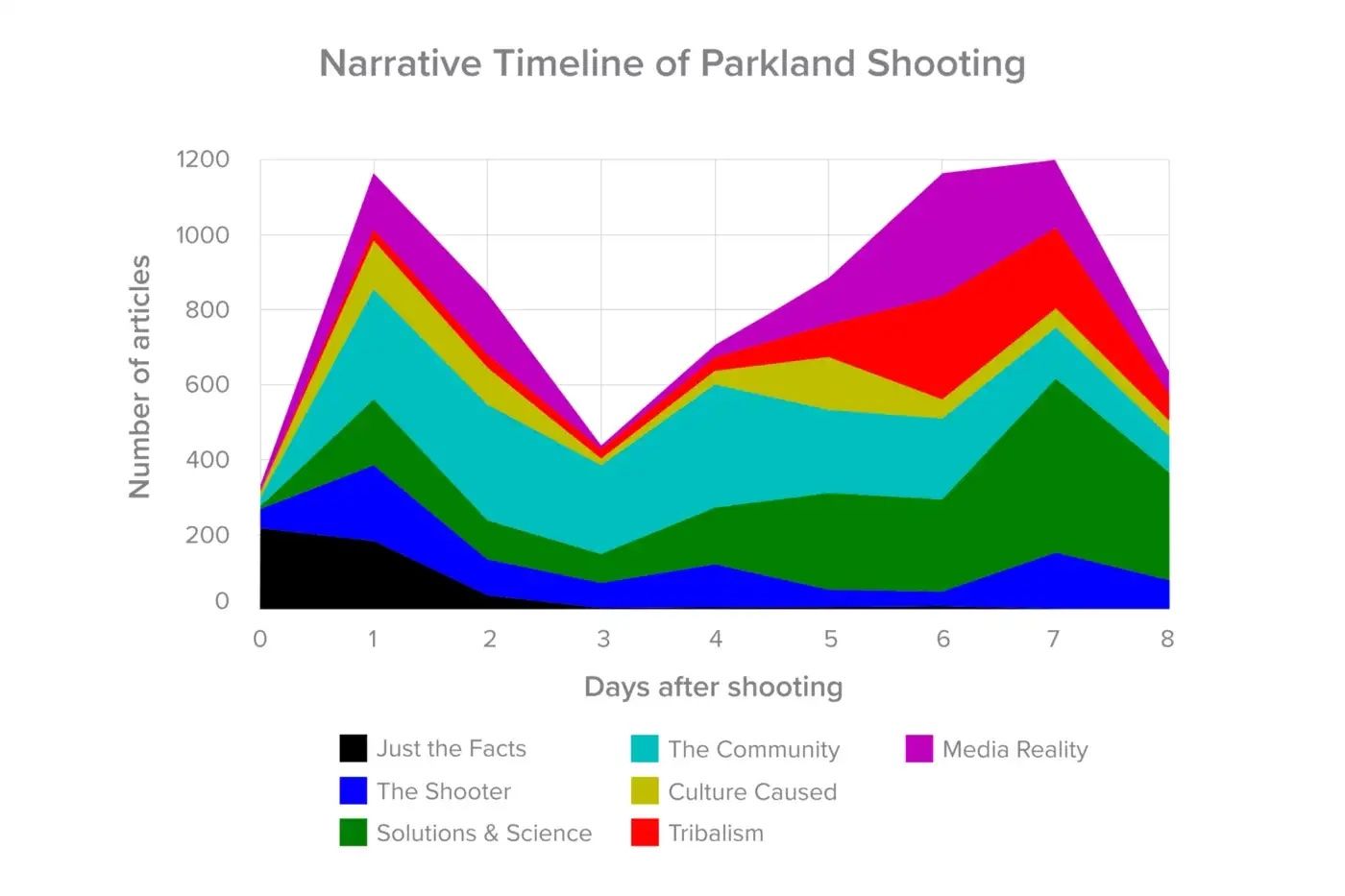
Neutral and anti-gun stories occur over quite a short time period following each mass shooting, with the exception of Parkland. The role of mass shootings in provoking public interaction with the topic of reforming our relationship to guns is clear. Gun-related stories that do occur between shooting events tend to be pro-gun, focused on positive expressions of gun culture and other matters relating to second amendment rights. By way of illustration, we looked at gun-related stories in the period between January 2017 and the Las Vegas shooting in October and found that six out of the top ten gun-related article publishers in this time tended to publish mostly pro-gun stories or to have the promotion of guns as their express mission, namely: rightedition.com, thetruthaboutguns.com, foxnews.com, ammoland.com, breitbart.com, and guns.com.
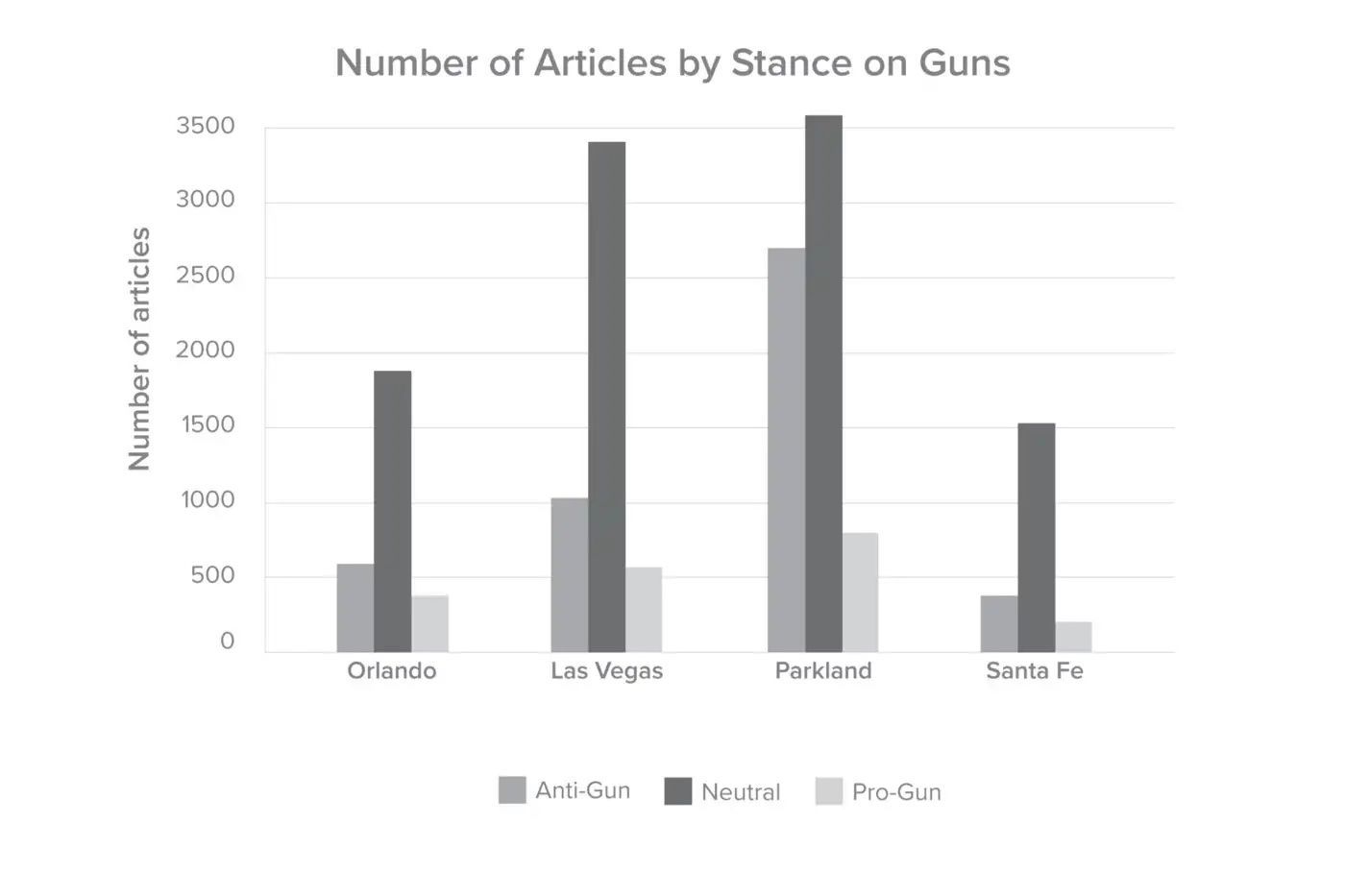
Anti-gun stories tend to invoke solutions or community macro-narratives, whereas pro-gun stories tend to invoke tribalism and culture macro-narratives. This will come as no surprise to anyone familiar with current messaging tendencies on the right and left in the U.S.
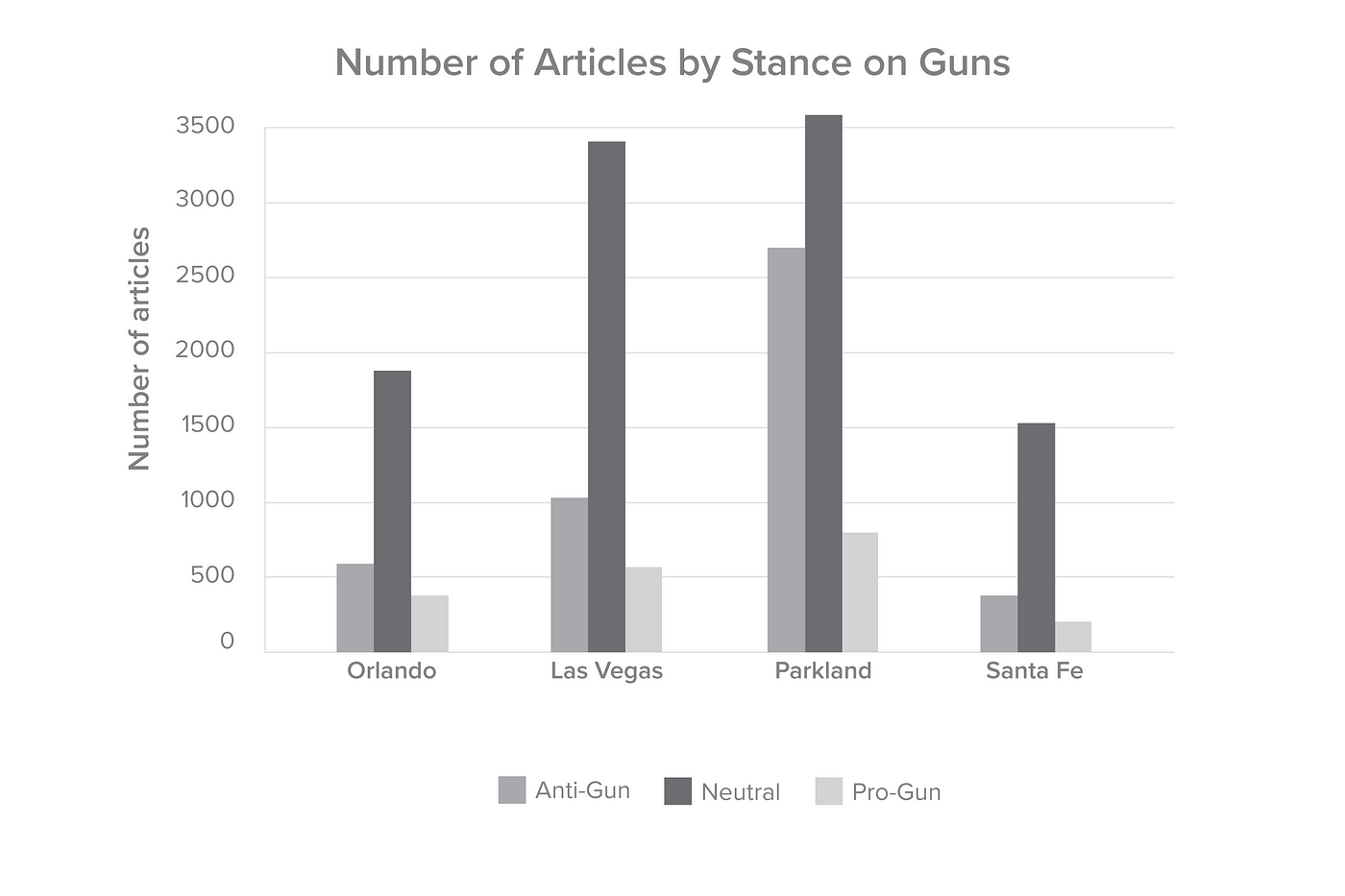

In addition, mass-shooting related stories published by pro-gun leaning outlets often enjoy a less prominent placement than analogous stories in anti-gun publications. Here is one typical publishing pattern in pro-gun outlets, for instance: front-page stories reporting on the basics of the event on the day of its occurrence and a day or two thereafter, followed by less prominent, more scattered coverage on subsequent days, consisting mostly in critiques of anti-gun activity. By way of illustration, below are homepages from breitbart.com, drudgereport.com, foxnews.com, and cnn.com, on days one through five after the Las Vegas shooting. Surveying these pages illustrates just how different a picture of the world the same body of occurrence can be used to create via narrative framing. (editor’s note: we have updated the language in this section and the charts below for clarity based on initial feedback from readers.)
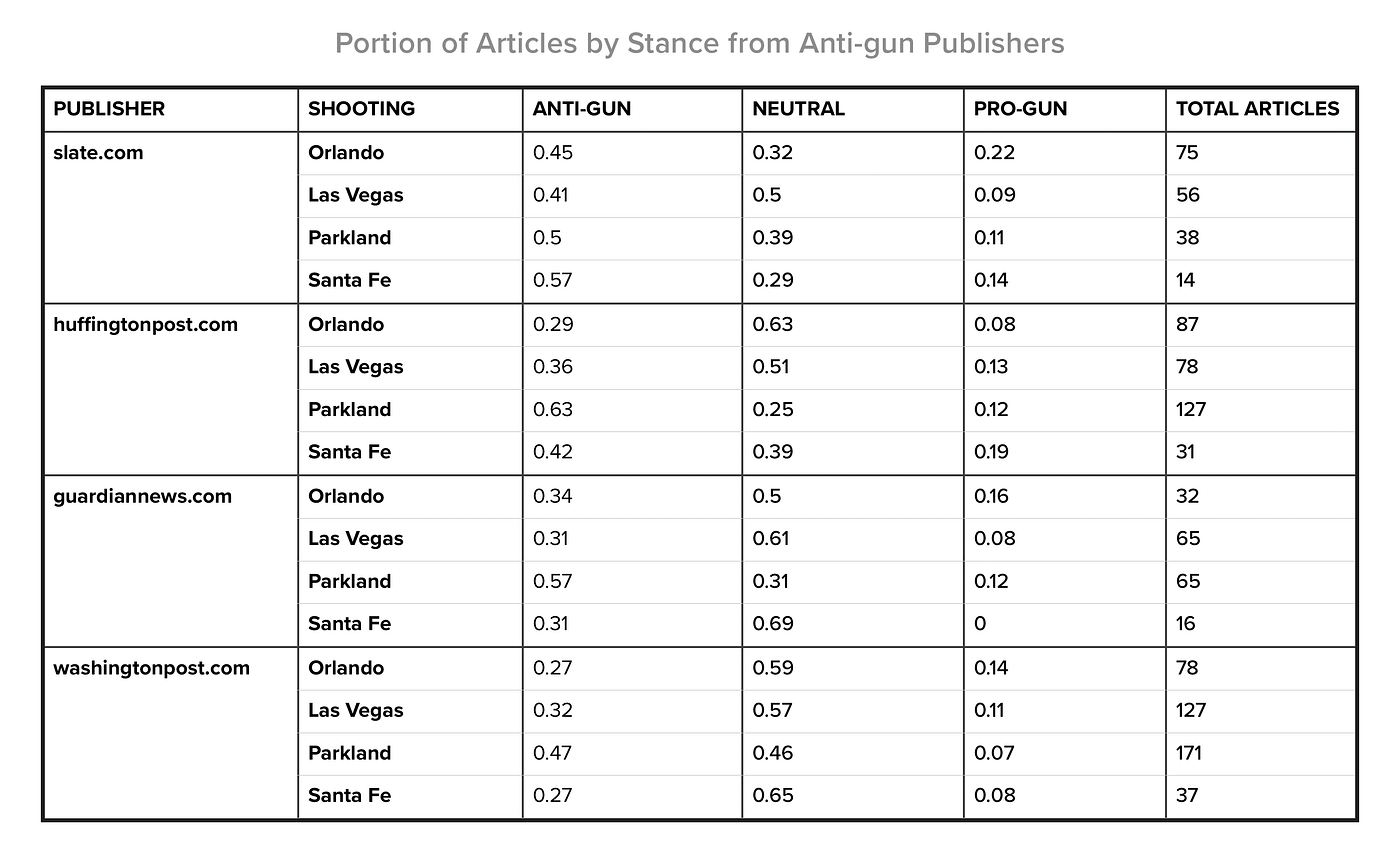
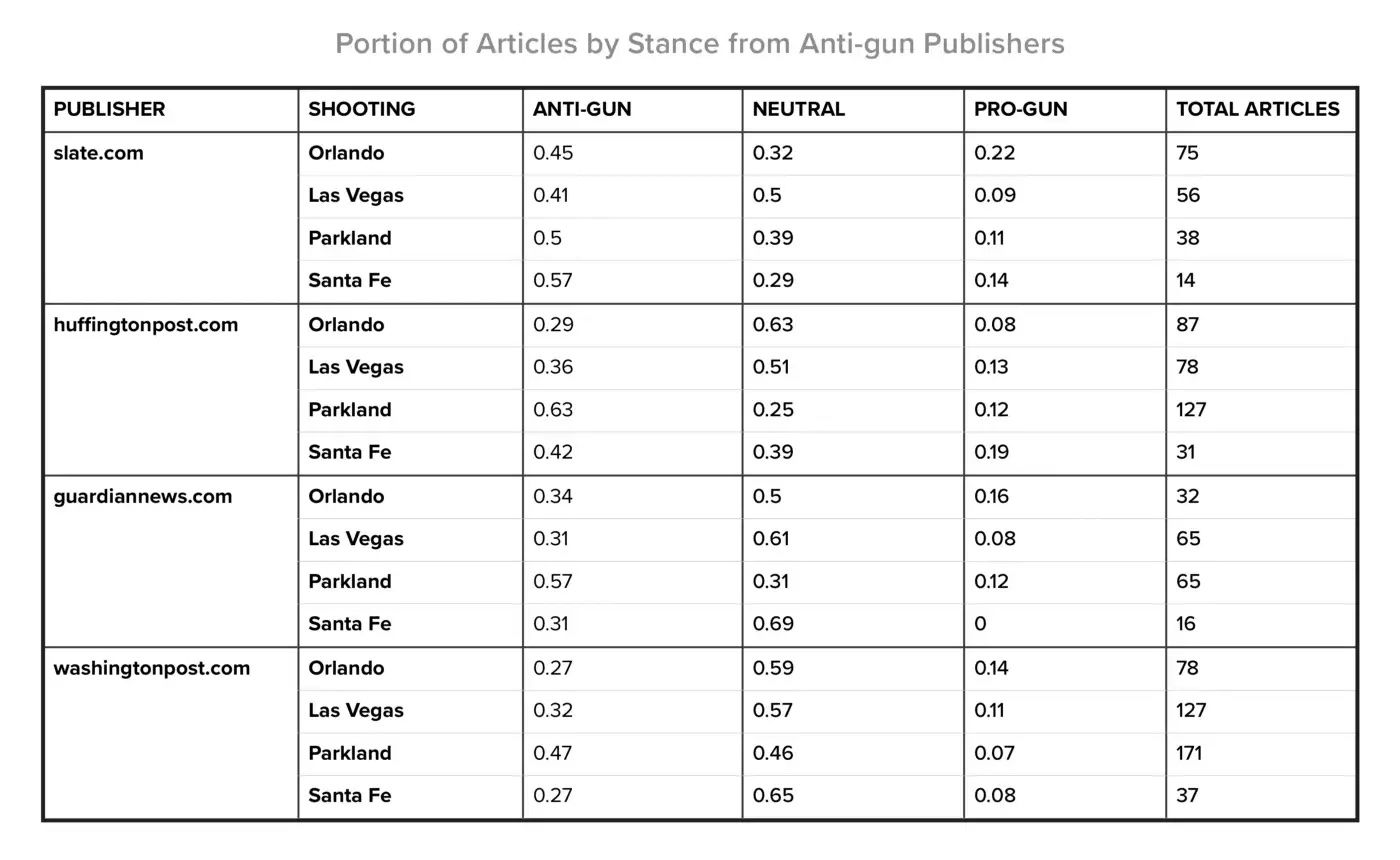
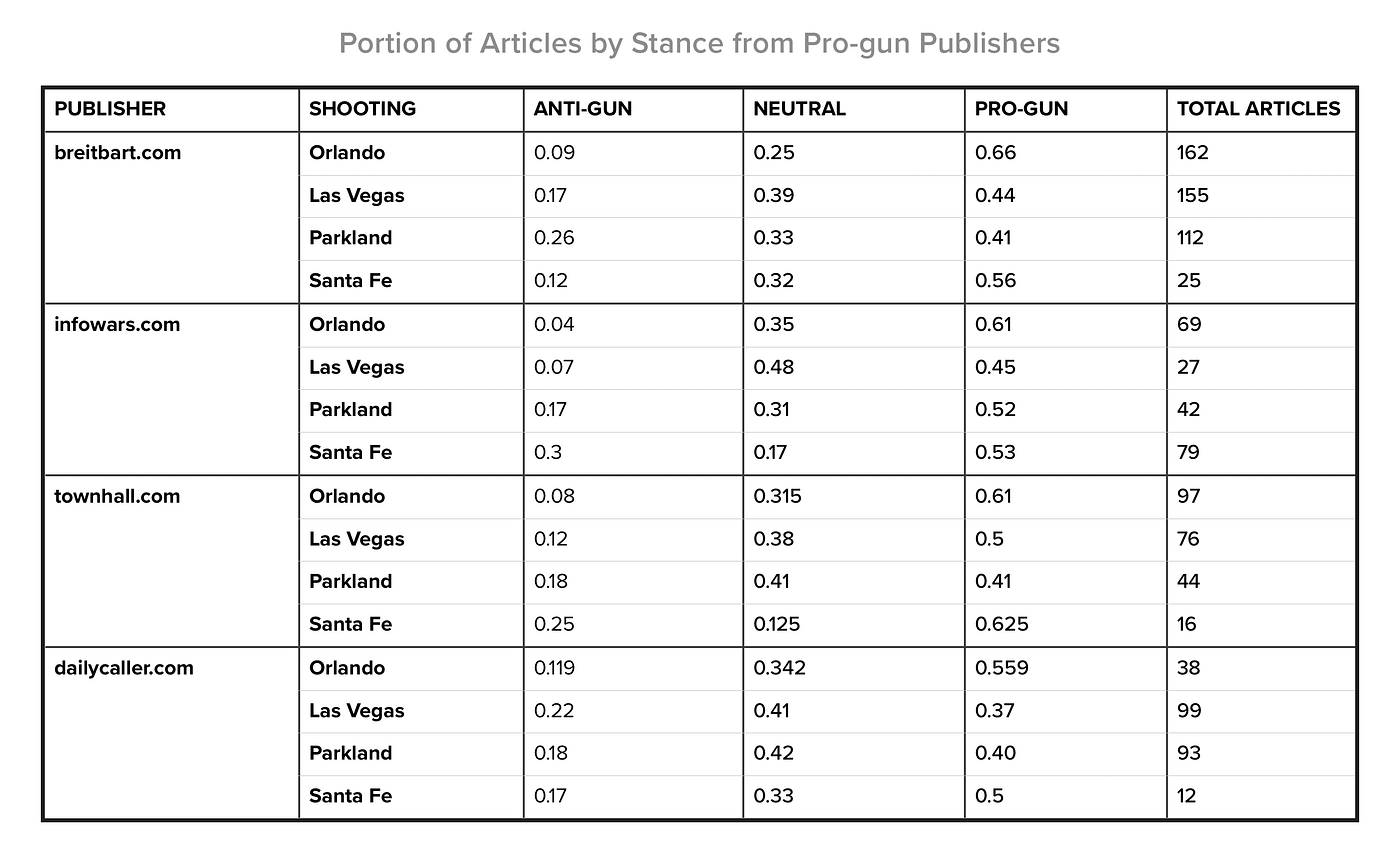
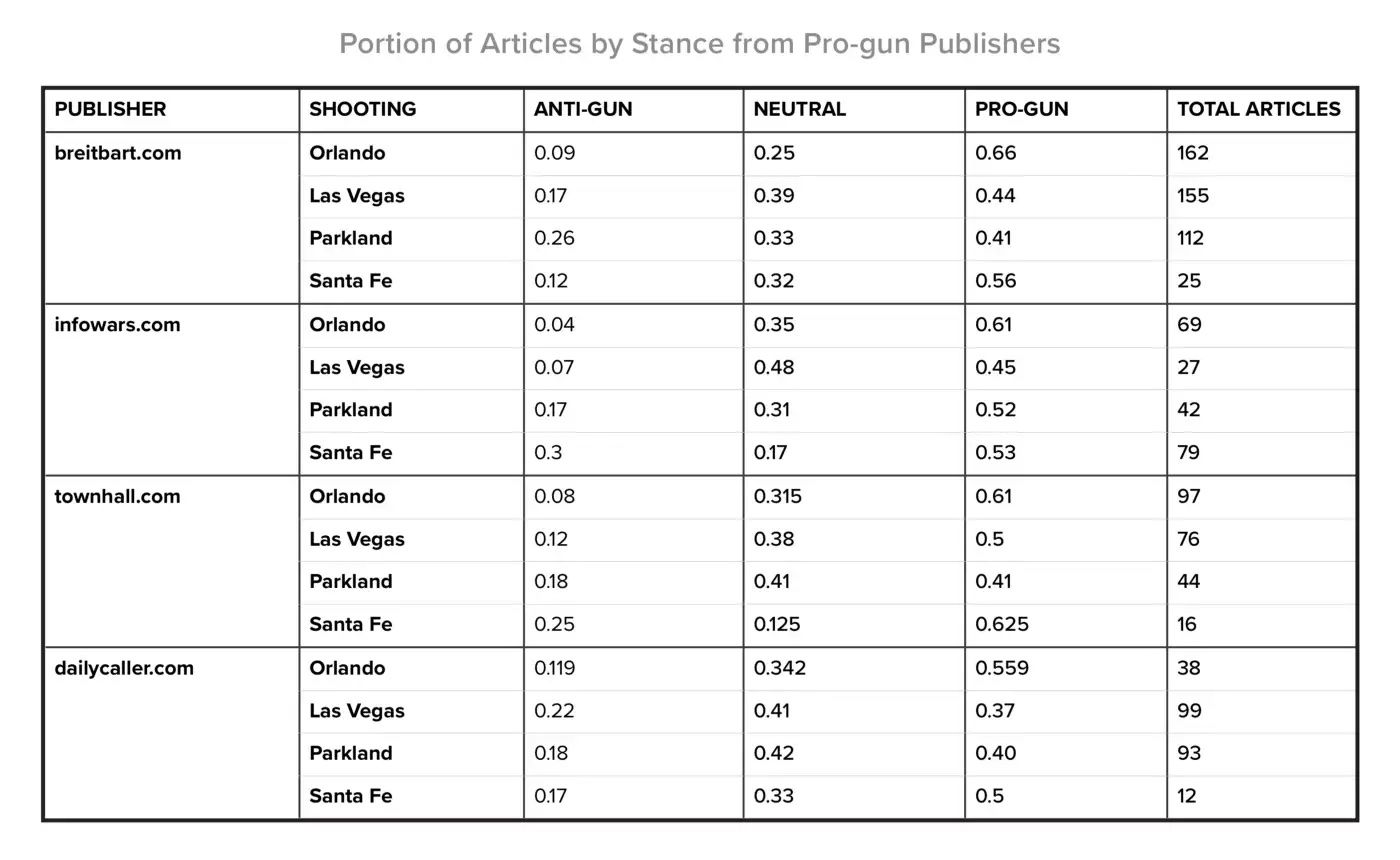
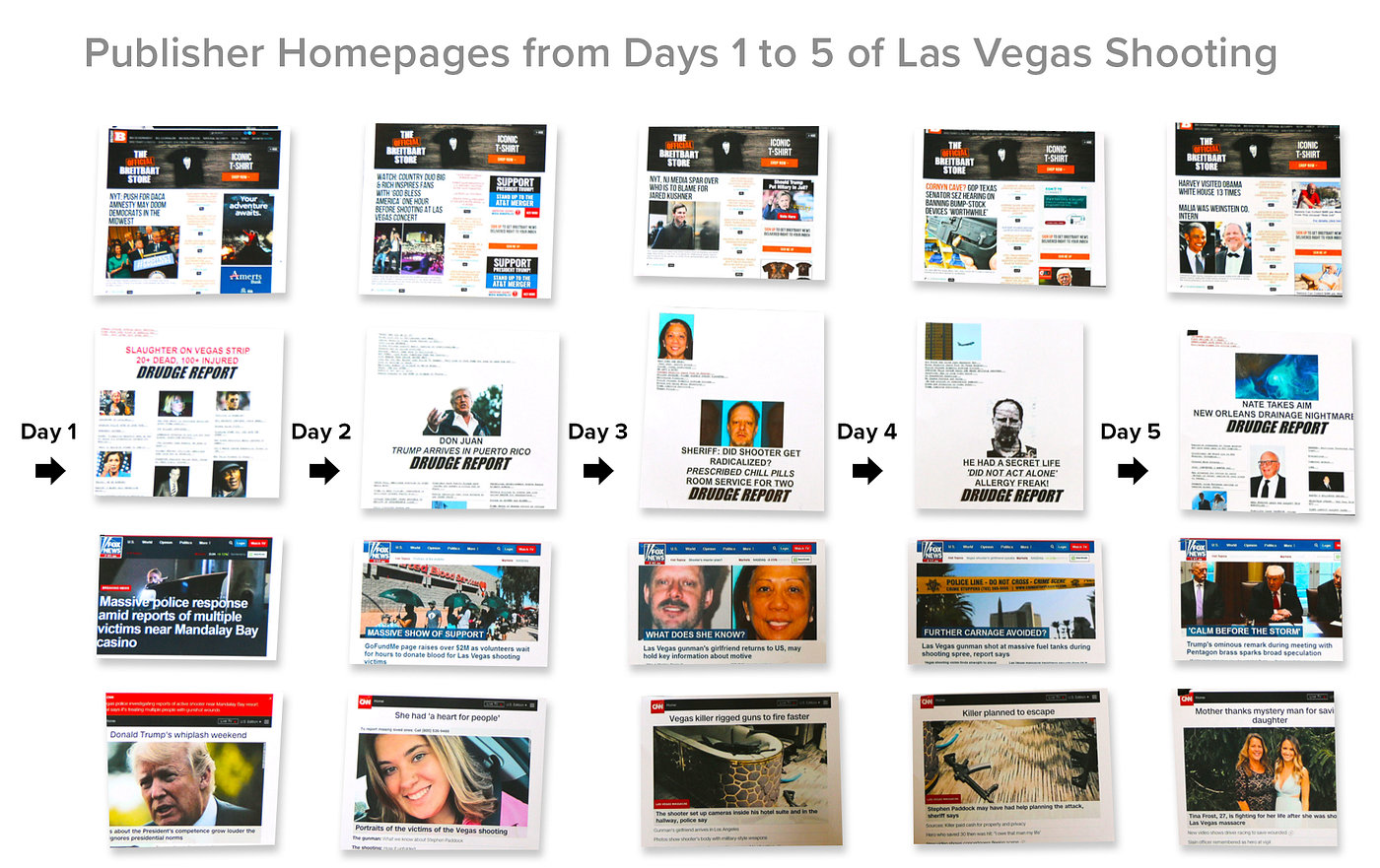
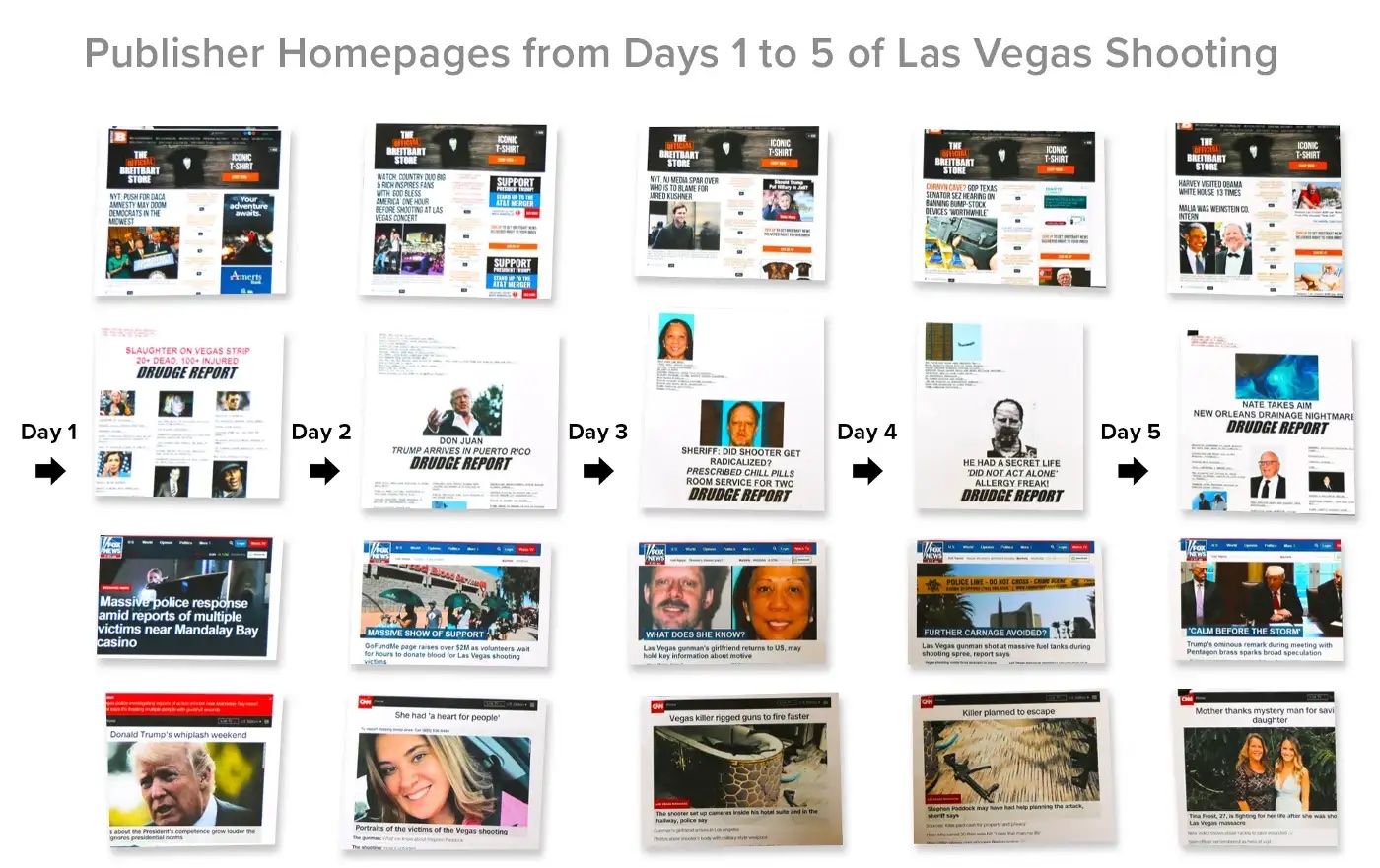
It is remarkable just how quickly and consistently different events get poured into a few simple framing narratives. Obviously, there are many reasons for this stark reduction of complexity, from the speed of today’s media environment, to the structure of the newsroom. But given how much of our daily lives occur in media, and how few counterbalancing cultural forces exist to the kind of communication media elicits, this complexity reduction may have outsized consequences. The recent work of Amanda Ripley and the Solutions Journalism Network suggests that it may be, at least in part, to blame for the fierce intractability of so many of the partisan conflicts which clog public discourse and predispose us not to listen to one another.
What if news media instead opened a space for deep inquiry into the events of the day, where complex questions could be asked, such as: what is it about the structure of our communities that make possible, again and again, mass murder? Or what is it about how we are with one another as individuals, or within institutions, that makes it such a challenge for us to agree on — or even agree to test out — solutions to such an obviously egregious ill? Wrestling with and arriving at answers to questions like these would be hard to sum up in a headline, more process than product. Then again, it may provide a space for collective curiosity to gain ground and flourish.
This project was undertaken, in part, to test a new news content dataset we’re developing at Harmony Labs, known as Project Ratio.



